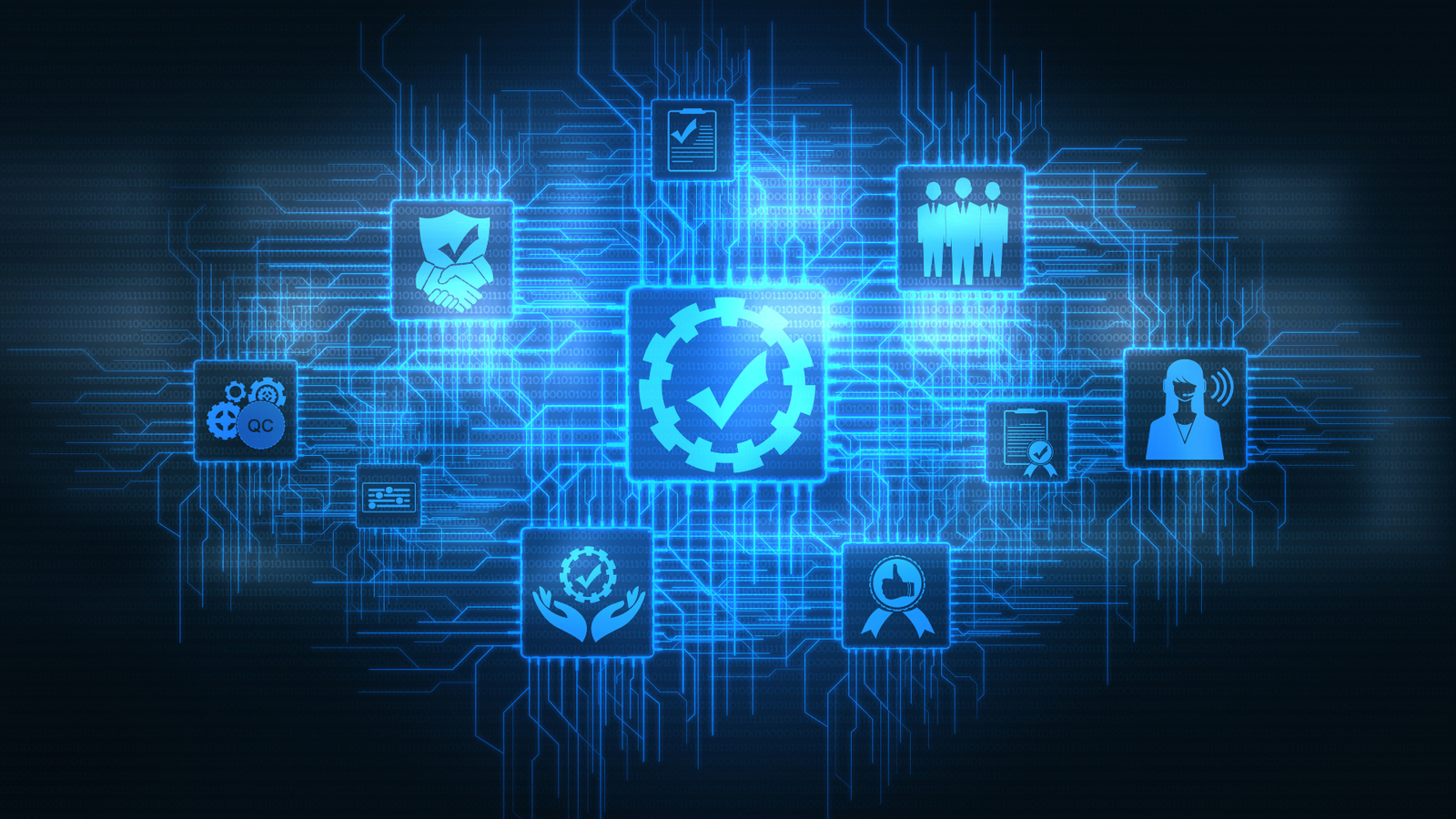The use of Data Science along with analytics education is evolving rapidly, with the use of new tools, techniques, and technologies. The need for data driven decision making has escalated rapidly across industries, and as a result, data science education is changing to prepare for the future, with the latest technologies educators are using advanced tools to train the next batch of experts.Lets explore why these changes are important to embrace and how these techniques regarding data science is being taught.
Tools that are being used for Data science education:
Programming Languages and frameworks being used:
Python and R: These languages are dominant in data science due to their vast and easy to use libraries and also have a very strong community support.
SQL: Figuring out databases and how to use it is a essential part of data science.
Apache Spark and Hadoop: These frameworks are used for understanding big data processing and distributed computing.
Julia: An emerging language that is used for its high performance capabilities in numerical computing
Cloud computing and the platforms being used:
Google Colab and Jupyter Notebooks: These platforms allow easier coding and data analytics in a educational institution.
AWS, Microsoft Azure, and Google Cloud: These cloud based services that are highly scalable environments which are used for data processing and machine learning.
IBM Watson Studio: A cloud based AI and data science platform that provides automated tools which are used by students and professionals
AI and Machine Learning Tools
TensorFlow and PyTorch: These deep learning frameworks help students to build and experiment with the neural networks
AutoML Tools: Automated machine learning platforms, such as Google AutoML and H2O.ai, simplify model development and experimentation.
MLflow: A tool that takes care of the entire machine learning system from experimentations to deployment
Innovative Teaching Techniques
Project Based Learning: Encouraging students to work on real word problems and figuring out how to solve them. Open datasets such as Kaggle and UCI Machine Learning Repository provide opportunities for easier learning
Industry training and internships give students exposure to business challenges.
Gamification and Interactive Learning
Platforms like Codeacademy and Data Camp give exciting challenges and interactive exercises to make learning more engaging.
Simulation based learning help students to gather knowledge on complex statistical and machine learning concepts through interactive visualizations.
AI driven games that are helpful in skill building in a extremely fun and engaging way.
Collaborative Learning and Peer Reviews
Online forums and GitHub help with communication about knowledge sharing and a very collaborative problem solving
Peer coding reviews help students develop best practices in coding and documentation.
Virtual hackathons and competitions provide a platform for students to apply their skills in a competitive environment.
Integration of Ethics and Responsible AI
Hands on case studies and discussions about AI ethics prepare students for real world challenges.
Frameworks like AI Fairness 360 and SHAP help students understand methods such as adjusting training data, using adversarial techniques, and applying fairness rules that help reduce bias in AI models.
Future Trends in Data Science Education
AI-Driven Personalized Learning
AI-powered tutoring systems and adaptive learning platforms will provide customized educational experiences based on student progress.
Chatbots and virtual assistants will play a growing role in helping students navigate complex concepts.
No-Code and Low-Code Platforms
Tools like KNIME and Data Robot will make data science more accessible to non-technical learners.
Drag-and-drop AI model builders will simplify the process of machine learning experimentation.
Blockchain for Data Security in Education
Secure credentialing and data verification through blockchain technology could enhance the reliability of data science certifications.
Decentralized learning records could allow students to control and share their educational achievements securely.
Interdisciplinary Approach in Data Science
Combining data science with fields like healthcare, finance, and social sciences will expand its applications and increase relevance.
Universities are introducing hybrid programs that merge data science with ethics, policy-making, and business strategy.
Conclusion
After implementing these improvements, data science education remains an ongoing process that requires continuous changes and improvements. As the industry progresses, professionals and educators must stay informed about the latest tools to remain competitive.
By applying AI-driven personalization, cloud computing, and interdisciplinary applications, educators can ensure students receive a comprehensive learning experience. With these evolving trends, the future of data science education looks very promising.



